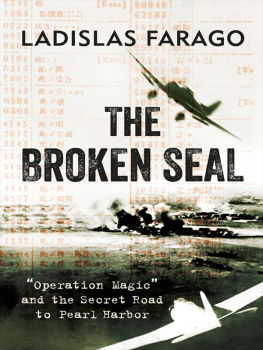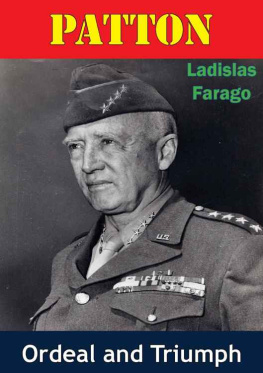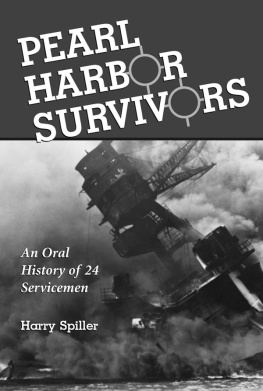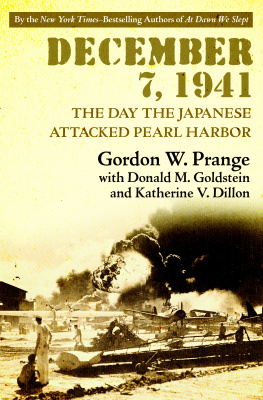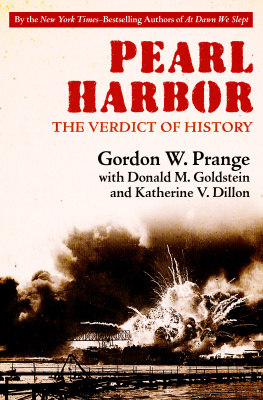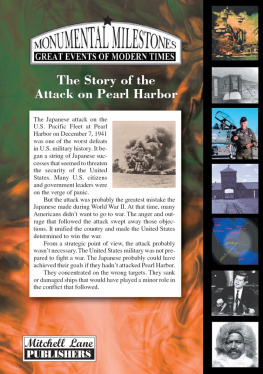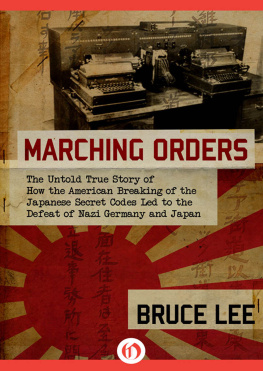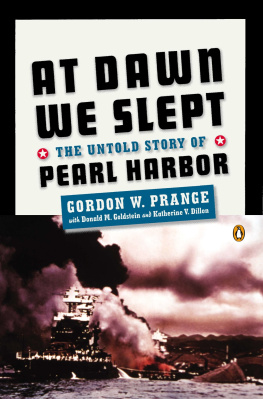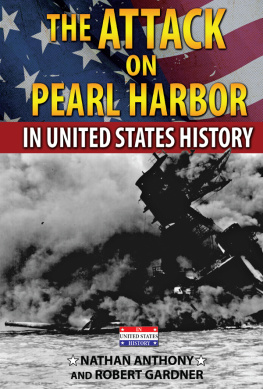Acknowledgments
It may be unusual to begin a formal voucher of thanks on a negative note, by listing some of those who could have aided my researches but did not. I think, however, that it is not without interest to show how the writer of a book like this has to labor to obtain the stones of which his mosaic is built.
Some of the people who were connected with the Magic operation are taciturn or secretive by nature or consider themselves bound to discretion by their vows of silence. No help can be expected for such an effort from any government agency, although I hasten to add that neither did anyone try to impede my research. I was very much on my own in this endeavor and had to piece together much of the evidence presented in this book from widely scattered references that could be found in no previous books, and only with difficulty and diligence in the documents. As a matter of fact, I would not have undertaken the writing of this book had I not had a few significant advantages to begin with.
I spent four years during World War II in the Office of Naval Intelligence, in charge of research and planning in the Special Warfare Branch, and had ample opportunity of observing from close quarters the workings of the American intelligence apparatus. In ONI, I worked closely with Comdr. (later Rear Adm.) Cecil Henry Coggins who had been on special intelligence duty in Pearl Harbor just before and briefly after the outbreak of the war. I had the privilege of working as a consultant for the late Secretary of the Navy Frank Knox during the weeks immediately preceding the Pearl Harbor attack. I was associated with the late Rear Adm. Ellis M. Zacharias, my chief during World War II and friend after it; and had unrestricted access to his files and memories when I helped him write his autobiography, Secret Missions: The Story of an Intelligence Officer, and collaborated with him in the writing of Behind Closed Doors: The Secret History of the Cold War.
These, then, are my basic credentials. In the course of researching this book, I have spoken to or corresponded with a great many people who were generous in giving me the benefit of their knowledge and recollections. Major aid (and, occasionally, comfort) was given me by Boris Hagelin, Jr., Lt. Comdr. CharlesC. Hiles, Brig. Gen. Frank McCarthy, and (indirectly) Capt. Laurence F. Safford. Dr. George Raynor Thompson, co-author of two basic books on the Signal Corps and former chief of its Historical Office, favored me with a couple of interviews. Mrs. Roberta Wohlstetter spent an afternoon with me, reviewing some of my problems and giving advice with her innate wisdom and exceptional erudition. On a special trip to Hawaii I was generously helped by Col. George W. and Dorothy Bicknell, Mr. Henry Mortara of RCA, Yoshio Hasegawa, Tadao Fuchikami, and Miss Janet E. Bell, curator of the Hawaii War Records Depository.
I am grateful to the Hon. L. Quincy Mumford, the Librarian of Congress, for facilitating and expediting my access to the invaluable collection of Japanese documents. On 2,166 reels of microfilm, the Library has custody of over two million pages of documents of the Japanese Ministry of Foreign Affairs. In them I found much of the information I needed to reconstruct the Japanese side of my story, on the basis of absolutely unimpeachable sources. More pertinent material came directly from Japan, some of it from the independent researches of Mr. Noboru Kojima. I was aided in the exploitation of this phenomenal source by Shumpei Okamoto of Columbia University, a young historian whose exceptional erudition is accompanied by a refreshingly objective attitude toward the Japanese personalities and events described in this book. Research in Japan was done for me by Mr. Kazunori Kato, my fellow member in the American Cryptogram Association. The German material was obtained through the help of Col. Rolf Ghring.
I am indebted to Arthur Neuhauser, Louis and Justine Smadbeck, Dr. Jerome A. Zane and Leonard J. Zakrzewsky for having read the manuscript and for the useful suggestions they offered.
At Random House, I received the encouragement and support I frequently badly needed from Bennett Cerf, Donald Klopfer and Charles Anthony Wimpfheimer. The Gargantuan job of final editing was done by Mrs. Barbara Willson, an exceptional lady who combines scholarship and meticulous attention to detail with an infinite store of patience.
No formal acknowledgment suffices to express my gratitude to Robert D. Loomis, senior editor at Random House. The book developed from a project he had conceived and for which he had chosen me as author. His involvement in my work was total. All through my difficulties and vicissitudes he helped me with indispensable guidance, giving me superb editorial help, wisely, firmly, with broad knowledge and great professional skill.
A final word of thanks to my wife and son, who had to endure all the sufferings that come from the stresses and strains of such a work, and who buoyed me with their unflagging good humor, compassionate understanding and devoted faith in me. Moreover, my wife typed and retyped innumerable pages of this manuscript (suggesting useful changes as she typed); and my son, in his junior year at prep school, helped me greatly in the preparation of the index.
To all of them, and to those mentioned in the notes that follow, my heartfelt thanks.
L.F.
1
Herbert O. Yardley and the American Black Chamber
It is possible that the United States would not have gone in for code-breaking when it did if a probationary clerk in the State Department's Code Room had not become bored on the night shift. To relieve the monotony of his nocturnal watch, the young manwhose job it was to send and receive the diplomatic dispatches but not to encode or decode thembegan to play with encrypted telegrams passing through his hands.
It proved a fascinating game. By and by the supposedly safe codes and ciphersattack. He tried his hand at a few foreign dispatches and succeeded in cracking their codes as well. All this was highly irregular, of course. But the young man overcame his qualms by convincing himself that he was performing a patriotic service. He hoped to demonstrate that the American system of codes was vulnerable. Then, as a reward for his important contribution to the security of the nation, he expected to move up on the ladder in the government's tight little cryptographic establishment. This enterprising junior telegraphist was Herbert Osborne Yardley, one of the truly remarkable figures in the twilight world of cryptology.
In the earliest days of the Republic, the primitive first office of this kind was both the nerve center and symbol of revolutionary diplomacy, as the original name of the State DepartmentCommittee of Secret Correspondenceillustrated.
The first code clerk, in fact even if not yet in name, was Richard Forrest, hired when John Quincy Adams was Secretary of State. But it was only in 1867 that the first regular code room was set up, with Thomas Morrison in charge.
In 1873 the Code Room was placed in the newly established Bureau of Archives and Indexes in the Old State Building at 17th Street on Pennsylvania Avenue. By 1910 it had 29 clerks and telegraphists out of a total of 135 in the entire Department, handling ten thousand documents and some one thousand telegrams each month, under David A. Salmon, hired from the War Department.
The Code Room was the clearing house of America's diplomatic correspondence, to be sure. But it had none of the conspiratorial air of similar establishments in other countries. It was on the ground floor of the hideous granite structure, a high-ceilinged and airy office set back from the street by a pillared alcove overlooking the tennis courts on the White House grounds. It smelled sweet of aromatic coffee and was always shrouded in a haze of pale blue cigarette smoke.

